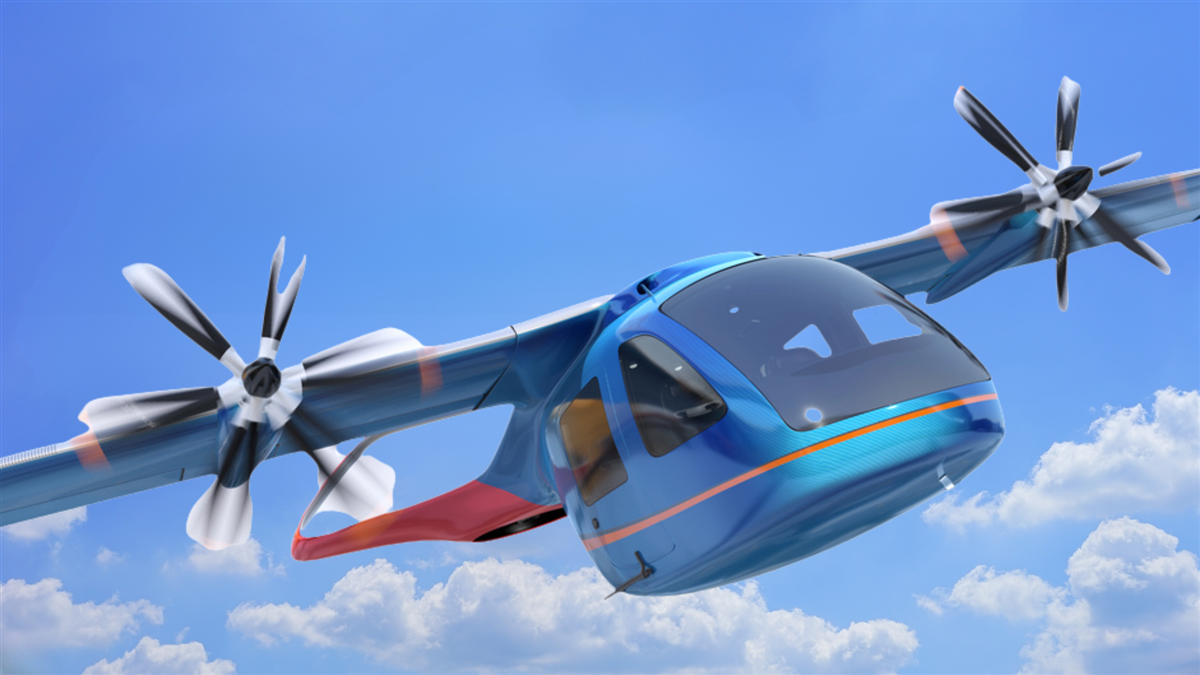Hello, Thanks for signing up for MarketBeat Daily Ratings—we’re excited to have you on board. Every weekday, you’ll get a curated summary of new “Buy” and “Sell” ratings from Wall Street’s top-rated analysts, the latest stock news, and bonus investing content—all delivered straight to your inbox. You’re just two quick steps away from completing your sign-up: 1. Make sure our emails go to your inbox Gmail users:
Mobile: Tap the three dots (…) in the top right and select Move to Inbox or Move to Primary
Desktop: Click the folder icon at the top and select Move to Inbox or Primary Apple Mail users:
Tap our email address at the top (next to From: on mobile), then select Add to VIP Other providers:
Reply to this message and add newsletters@analystratings.net to your contacts 2. Confirm your subscription Click this link to confirm your subscription. This verifies your account and ensures you receive your newsletters without interruption instead of getting stuck in your spam filter. Confirm your subscription here. After you confirm, feel free to download our popular free report, "7 Stocks to Buy and Hold Forever" with this link. Thanks again for subscribing—we look forward to being part of your investing journey. 
Matthew Paulson
Founder and CEO, MarketBeat. P.S. If you didn’t mean to subscribe, no problem—you can unsubscribe here.
Additional Reading from MarketBeat.com Cash Burn vs. Cautious Capital: Which eVTOL Strategy Will WinWritten by Jeffrey Neal Johnson. Published 10/21/2025. 
Key Points - Joby and Archer are leveraging strong balance sheets to acquire strategic assets, rapidly accelerating their pathways to commercial and defense markets.
- Vertical Aerospace is executing a capital-efficient manufacturing strategy by partnering with world-class aerospace suppliers to de-risk its path to production.
- Vertical's partnership-based OEM model and clear financial blueprint present a compelling and potentially undervalued path to long-term profitability and success.
The electric vertical take-off and landing (eVTOL) sector is moving from concept to reality, with a string of successful public flight demonstrations, strategic acquisitions, and major partnerships validating the technology. As the industry matures, a strategic divide is becoming clearer. Some companies are investing heavily to build vertically integrated empires that control every aspect of the customer experience. Others are adopting a leaner, more focused model that prioritizes capital efficiency and strategic partnerships. Yahoo Finance wrote that investing in quantum computing could...
"Lead to life-changing returns... and make you the millionaire next door."
But why are quantum computers so revolutionary?
Could it really be bigger than AI? Click here to see my answers... This divergence has produced two distinct investment theses. Leading the high-spend operator model are Joby Aviation (NYSE: JOBY) and Archer Aviation (NYSE: ACHR). Championing a de‑risked manufacturer model is Vertical Aerospace (NYSE: EVTL). For investors, choosing between these approaches is a pivotal decision about how to bet on the future of electric vertical flight. The All-In Playbook: Spending Billions to Build an Airline The vertically integrated strategy is a bold bet on total market control. By owning the entire value chain—from manufacturing to operations—companies hope to build recognizable brands and capture all potential revenue. Joby and Archer are pursuing this model aggressively, funding growth through sizable capital raises and strategic acquisitions. While this high-capital approach is risky, it can generate substantial returns if executed successfully. Joby accelerated its U.S. launch by acquiring the passenger business of Blade Air Mobility for up to $125 million. That deal gave Joby an immediate operational platform: 12 urban terminals and a loyal customer base of more than 50,000 annual passengers. Instead of building an ecosystem from scratch, Joby bought a turnkey operation, reducing the near-term revenue risk once its aircraft is certified. Archer is pursuing a dual strategy. The company acquired Lilium's patent portfolio for roughly $21 million, securing intellectual property developed with more than $1.5 billion in investment and strengthening its technological position. At the same time, Archer has made acquisitions to expand its Archer Defense program, creating a second revenue vertical. That all-in approach requires substantial capital, which shows up clearly in their financials. In its second-quarter 2025 earnings report, Archer reported non-GAAP operating expenses of $123.5 million. In its second-quarter earnings report, Joby reported an operating loss of $167.9 million. Both companies have demonstrated an ability to raise the capital needed to pursue this strategy. Archer's balance sheet shows about $1.8 billion in liquidity, and Joby recently closed a $514 million stock offering. That financial backing indicates market confidence and provides the resources to execute their ambitious plans. The Airbus of eVTOLs: A Partnership Masterclass By contrast, Vertical Aerospace is positioning itself as the aircraft manufacturer rather than an operator—a model akin to what Airbus has been in traditional aviation. Vertical's strategy is to design, certify, and sell aircraft to established operators rather than run an airline itself. This asset-light approach shifts large costs and execution risks to experienced industry partners and focuses the company on engineering, certification, and aftermarket sales. Vertical has reduced major risks through partnerships: - Manufacturing risk: Instead of building factories, Vertical partnered with Tier 1 supplier Aciturri, which manufactures critical components for aerospace leaders like Airbus and Boeing (NYSE: BA), to produce its airframe.
- Operational risk: It created a Ready-to-Fly model with Bristow, a global helicopter operator that will handle flight operations and maintenance for customers.
- Regulatory risk: Vertical added regulatory expertise by appointing Patrick Ky, the former Executive Director of the European Union Aviation Safety Agency (EASA), to its board.
Vertical's asset-light model is supported by a clear financial plan. At its recent Capital Markets Day, the company estimated it needs roughly $700 million in net funding to achieve certification in 2028 and is targeting cash-flow breakeven in Q4 2029. The company also outlined a dual-revenue, razor-and-blades model: initial aircraft sales are followed by recurring, high-margin battery pack and aftermarket sales, offering a clearer path to profitability. A Clear Choice for the Future of Flight The eVTOL sector presents two coherent but different routes to commercialization. Joby and Archer are building capital-intensive, vertically integrated transportation companies—high-risk, high-reward propositions. Vertical Aerospace is pursuing a capital-efficient, lower-risk OEM model focused on manufacturing and aftermarket services. Investors' choices will depend on whether they prefer exposure to operational scale or to disciplined financial execution. These strategic differences show up in market valuations. Vertical Aerospace's market capitalization is currently around $480 million, compared with roughly $14.43 billion for Joby and about $7.54 billion for Archer. That gap suggests the market may be underestimating the advantages of Vertical's de‑risked, capital-light approach. By outsourcing its biggest financial and operational hurdles to experienced partners, Vertical has created a potentially more durable and sustainable path to commercialization. While the sector as a whole is set for transformative growth, Vertical Aerospace's emphasis on capital efficiency, risk mitigation, and a transparent path to profitability makes a compelling case. In the expensive race to redefine aviation, the ultimate winner may not be the company that spends the most, but the one with the most resilient and intelligent strategy.
|
Post a Comment
Post a Comment